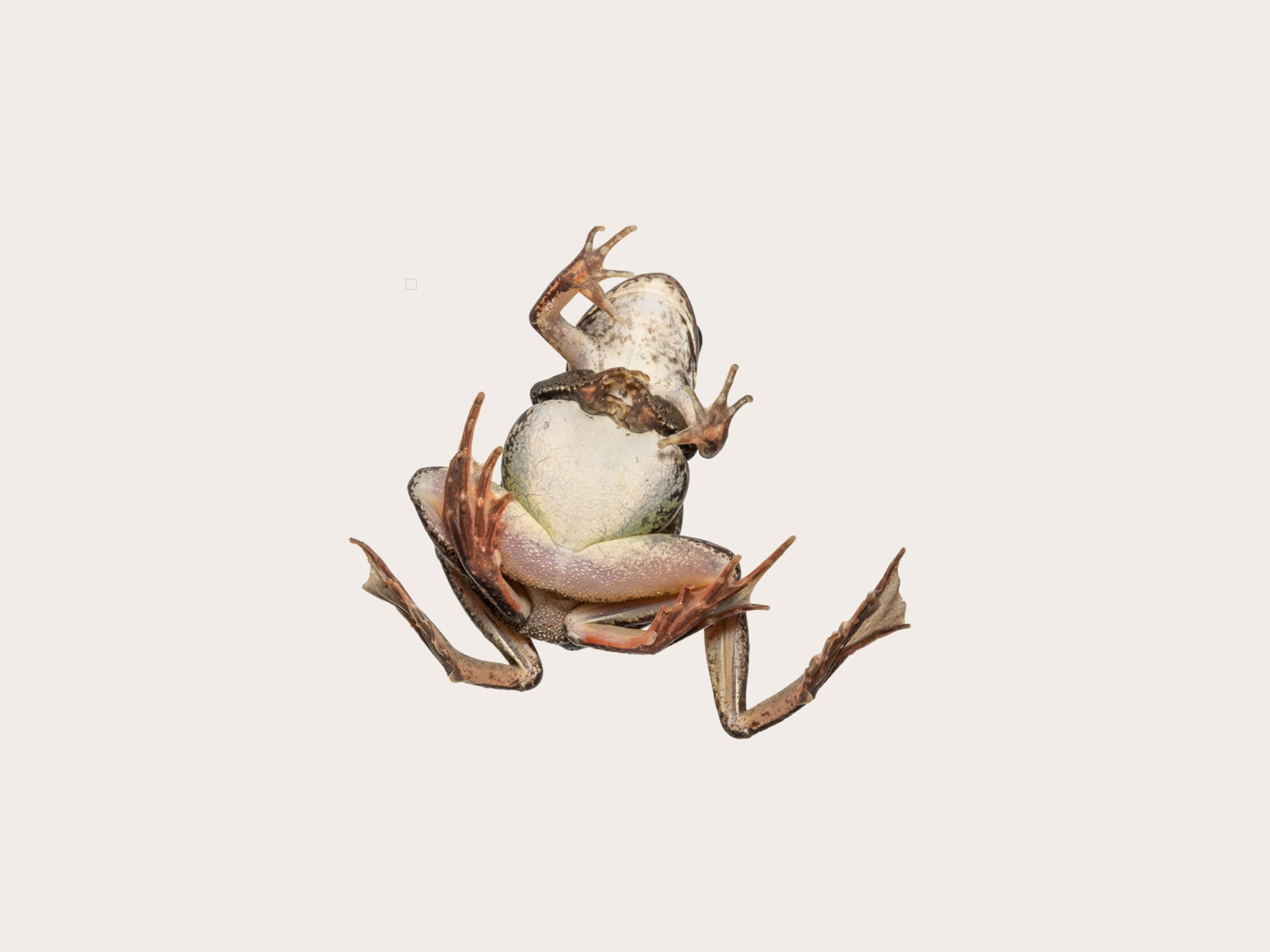
'Golden Wonder' Rediscovered After 42 Years
It's only the third time the mysterious amphibian has been seen by human eyes.
After disappearing in 1975, a rare creature has been rediscovered. And no, we aren’t talking about Jimmy Hoffa.
Feared extinct, a Jackson’s climbing salamander (Bolitoglossa jacksoni) was found alive in Guatemala’s Cuchumatanes Mountains.
Park guard Ramos Leon-Tomas spotted the amphibian in the newly established Finca San Isidro Amphibian Reserve—only the third time humans have ever laid eyes on the 2.5-inch salamander.
“Having found this species is like having returned it from extinction,” says Carlos Vásquez-Almazán, curator of herpetology at the University of San Carlos of Guatemala. (Related: "'Extinct' Frog Found in Honduras.")
For Vásquez-Almazán, the salamander’s re-discovery is personal. He has gone on 30 expeditions in search of the legendary salamander, as well as trained the reserve’s four guards to seek out the animal while on patrol.
The discovery comes as part of Global Wildlife Conservation’s campaign to scour the world for 1,200 species that have been “lost” to science. Ironically, Jackson’s climbing salamander was among the 25 most wanted species on that list. (Related photos: "Ten Most Wanted 'Extinct' Amphibians.")
The momentous discovery "gives us hope that we can recover much of the diversity of our forests that we believe has already been lost,” says Vásquez-Almazán, who is also coordinator of the amphibian conservation program at the Foundation for Ecodevelopment and Conservation, a Guatemalan nonprofit.
Golden Wonder
Thanks to its brilliant yellow hue, the Jackson’s climbing salamander is also known as the golden wonder. And while a third sighting is great news, Vásquez-Almazán admits that we still know virtually nothing about it.
For instance, Leon-Tomas photographed the salamander—likely a juvenile male—nearly 1,000 feet higher in elevation than the animal was thought to live.
This could mean that the species is shifting its territory as a result of climate change, or it could be part of the amphibian’s natural range. We simply don’t know. (Read how salamanders may soon be "completely gone" in Guatemala.)
The group of salamanders to which Jackson's belongs all have suckers on their legs, which allow them to climb trunks in the forest canopy.
Fortunately for the salamander and its neighbors, groups including Global Wildlife Conservation and Rainforest Trust protected parts of the forest in 2015. (Read: "'Extinct' Toad Rediscovered in Ecuador.")
If not for this foresight, Vásquez-Almazán suspects the golden wonder’s home would have been razed for timber or converted into a coffee plantation.
Scary Time
Herpetologist Jonathan Kolby knows well how taxing it is to rediscover rare amphibians in Central America.
“This environment, while extraordinarily beautiful, is often quite cold and wet and physically exhausting to traverse due to the thick walls of vegetation and steep terrain,” says Kolby, a National Geographic grantee and director of the Honduras Amphibian Rescue and Conservation Center. (Pictures: See-Through Frog, Other 'Lost' Species Found.")
Finding the climbing salamander is also a bright spot during an "extremely scary" time for amphibians, Kolby adds. (Read about vanishing amphibians in National Geographic magazine.)
“Hundreds of species are now being pushed closer and closer toward extinction due to habitat loss, pollution, and a global emerging infectious disease event caused by the spread of chytrid fungus.”
“Despite this global conservation challenge," he says, "I remain hopeful that many species of amphibians already at the brink of extinction are still within our grasp to save."





